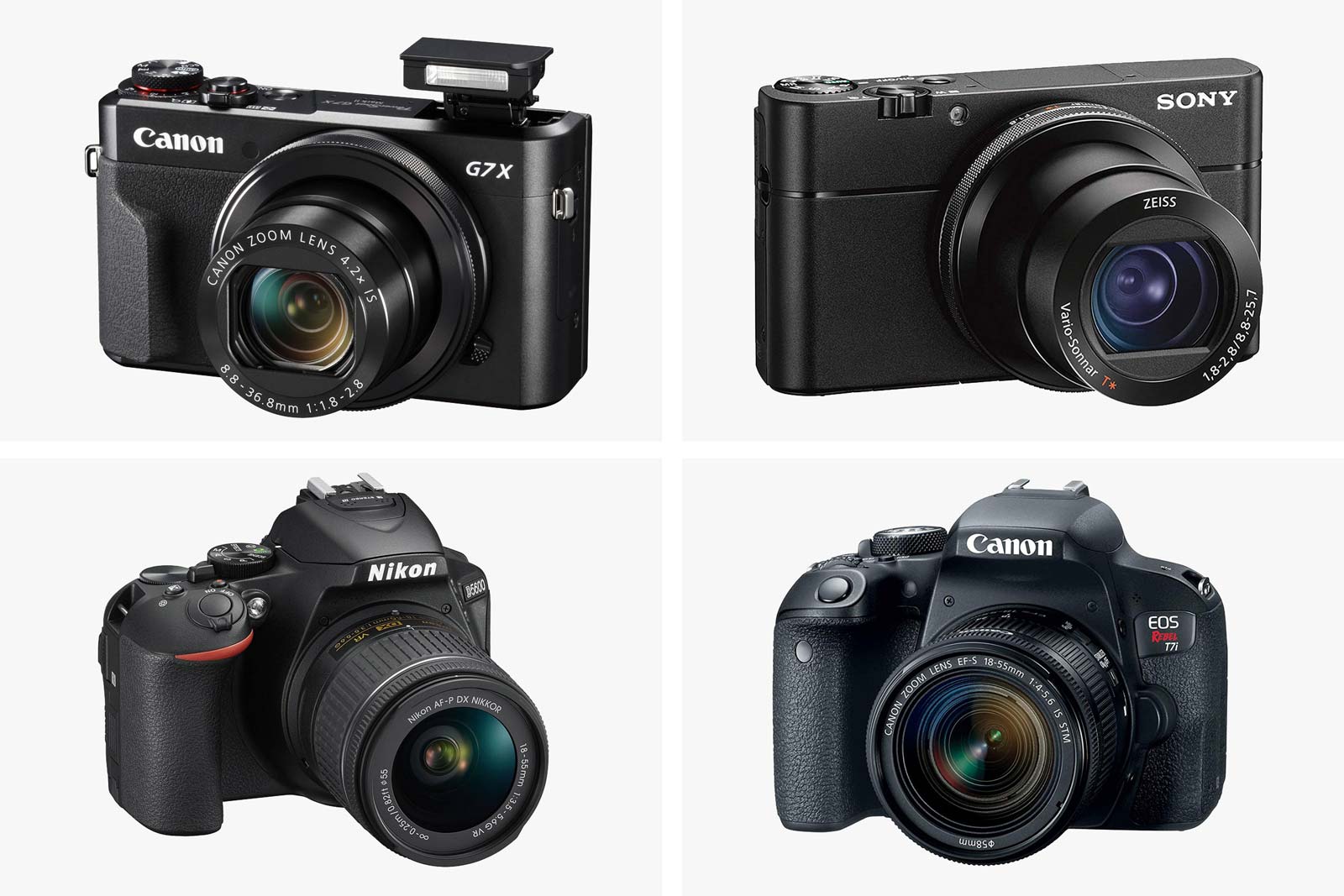If you’re seriously considering starting a vlog, there’s only one purchase you need to make, and that’s a good digital camera. Since creating videos is the core of vlogging, you’ll need to choose wisely to make sure that your camera produces high-quality photos and videos. If you think that you’re going to be vlogging for at least several years, it is better to invest into a good camera with all the features you need rather than get a cheaper model and have to upgrade from it in a couple of months. Besides, you no longer have to spend four-digit sums to get a high-performance digital camera, and there are many options that will shoot excellent quality videos without breaking the bank.
Here are the 10 best vlogging cameras with flip screens.
 Canon PowerShot G7 X Mark II Vlogging Camera
Canon PowerShot G7 X Mark II Vlogging Camera
The Canon PowerShot G7 X camera became so popular among vloggers and digital photography enthusiasts that Canon decided to release a follow-up to the original model. The Mark II revision has a better processor that contributes to improved video quality in low-light conditions. Fortunately, it also still has all the amazing features that made the G7 X model so popular: excellent video quality, compact body, great physical controls, and, of course, the flip screen.
The image and video quality of the G7 X Mark II camera are remarkably good, all thanks to the new processor and improved image stabilization. Thanks to built-in Wi-Fi, you’ll be able to transfer videos to your computer wirelessly, which is definitely going to be handy if your desk is already cluttered with all kinds of cables. The 4.2 wide-angle digital zoom is actually much better than what you might expect from a portable camera, and the camera offers enough manual controls to satisfy all your digital photography needs as a vlogger.
It also shoots raw images, allowing you a lot more freedom and control for editing your photos. We do wish that the camera had a hot shoe interface for connecting external microphones and could shoot videos in 4K, but, overall, this is a great option for vloggers who are just starting out.
You may also be interested in these cool instant cameras as well. Check them out.
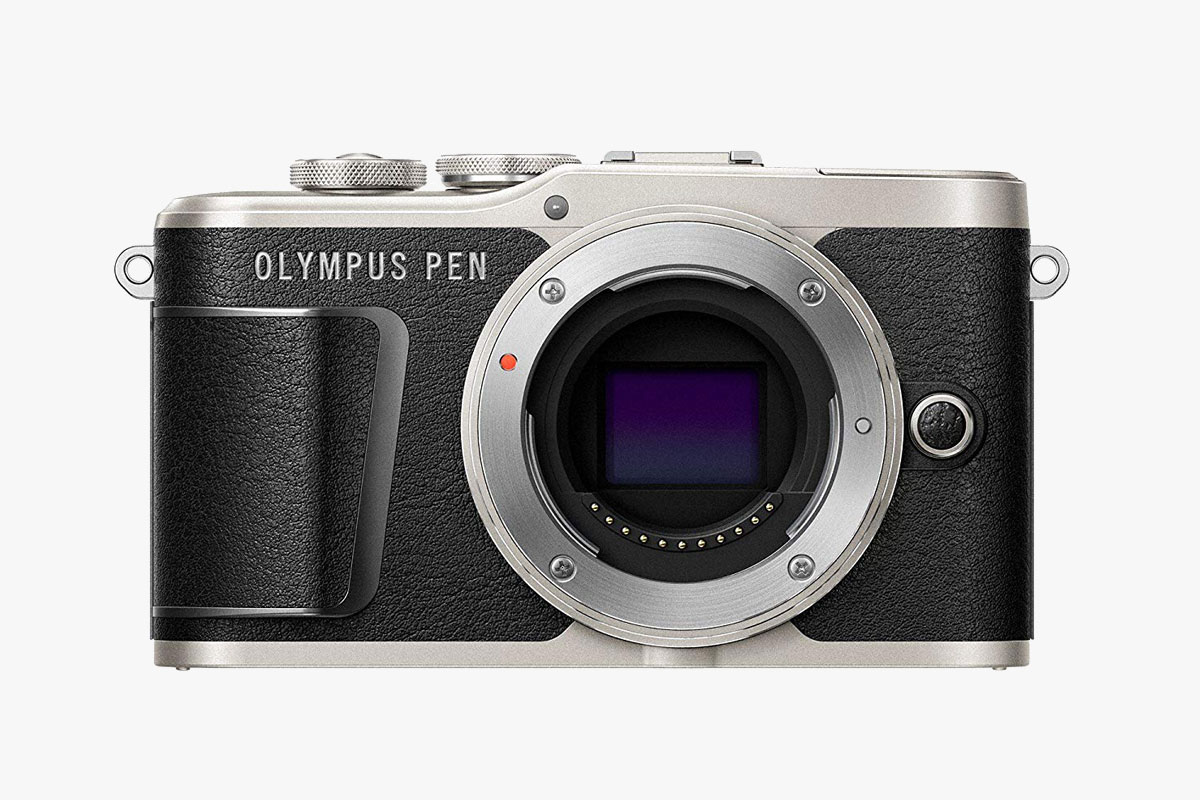 Olympus PEN E-PL9 Vlogging Camera
Olympus PEN E-PL9 Vlogging Camera
Olympus PEN is a line of vlogging-friendly flip screen cameras that offer a lot of bang for the buck. We decided to pick the PL9 model to be featured on our list because we think it’s the one that you’re going to use for the longest period of time before you have to upgrade.
Despite being marketed as a photo camera, the Olympus E-PL9 actually produces great videos thanks to numerous improvements undertaken since the previous E-PL8 model. It is capable of shooting 4K videos, which makes it one of the “future-proof” cameras on our list. Full HD may still be the most widely used industry standard, and it does offer good video quality, but as the screen gets more and more populated with thousands of pixels, you really want your camera to keep up with that.
The camera comes in a very stylish, slightly retro design that’s bound to appeal to you if you like classy, premium things. Its body looks great, and it is also very pleasant to the touch and surprisingly easy to grip, which is definitely an advantage if you’re going to be shooting outside a lot. The battery life is good, and the camera offers Wi-Fi and Bluetooth connectivity for those who want to instantly have their photos and videos on their smartphones for quick viewing and sharing.
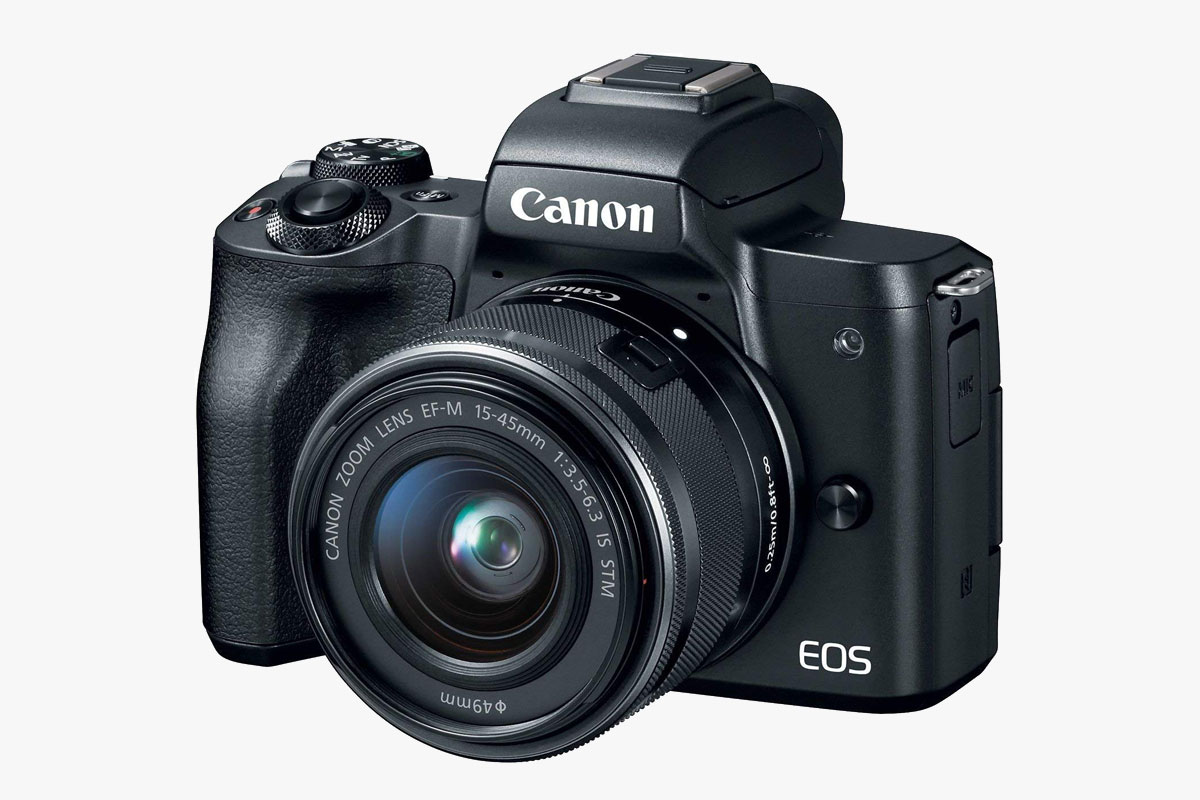 Canon EOS M50 Vlogging Camera
Canon EOS M50 Vlogging Camera
Mirrorless cameras are slowly catching up in popularity with DSLRs thanks to their compact bodies and good, if not great, image and video quality. The Canon EOS M50 is an excellent mirrorless camera that’s not necessarily fine-tuned for all vlogger needs, but it does have the core functionality that makes a camera work well for vloggers. The retractable lens feature adds to the camera’s portability when it’s not being used for a while, and the ability to experiment with different lens types is nice to have up your sleeve in case you want to get into digital photography. The catch here is that the assortment of lenses for the Canon M50 camera is rather scarce, but there still are several good lens options that will bring some versatility and diversity to your camera setup.
The camera comes in two colors, black being the standard option and white the relatively original, fun one. We really like the way this camera looks in white, but you still may want to go with the black body for practical reasons. The body is quite compact and not too heavy, which is a rather impressive achievement given that the M50 model has an electronic viewfinder and can shoot videos in 4K.
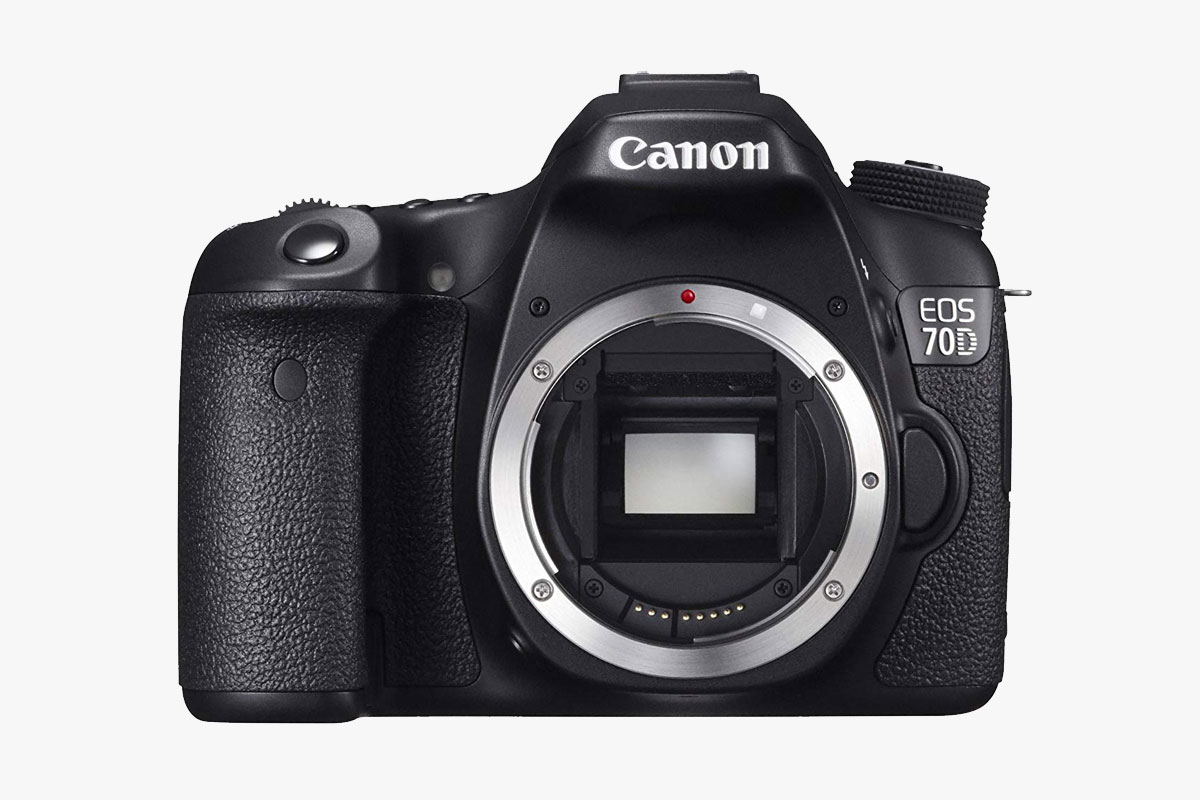 Canon EOS 70D Digital SLR Vlogging Camera
Canon EOS 70D Digital SLR Vlogging Camera
The first three models on our list were all relatively budget-friendly models. You could get one of them along with all accessories necessary to get you started and still stay below the four-digits price range. However, if you want to get a really versatile and future-proof camera, you’ll have to spend more than that. The Canon EOS 70D is perfect for vloggers thanks to its impressive battery life, great video quality, and flip screen, but it is also a serious piece of equipment that can accompany you all the way on your journey from photography amateur to a pro.
With this camera, you get fully manual controls for both video and images, giving you total control over how you want your footage to look. Still, it has an auto mode which is beginner-friendly but capable of producing great results. The autofocus is amazing, and the pictures and videos shot in low-light conditions look really impressive for a camera in this price range.
However, all those features are not even the main reason why the EOS 70D model is such a good investment. As a semi-professional model, the 70D is compatible with some great lenses produced both by Canon and other companies, allowing you to turn it into an almost professional-grade camera with just a lens swap. It can also be used with external microphones, a very welcome feature for vloggers. The one downside we found is that it can’t shoot 4K, but if that’s not a dealbreaker for you, you won’t be disappointed by the Canon EOS 70D.
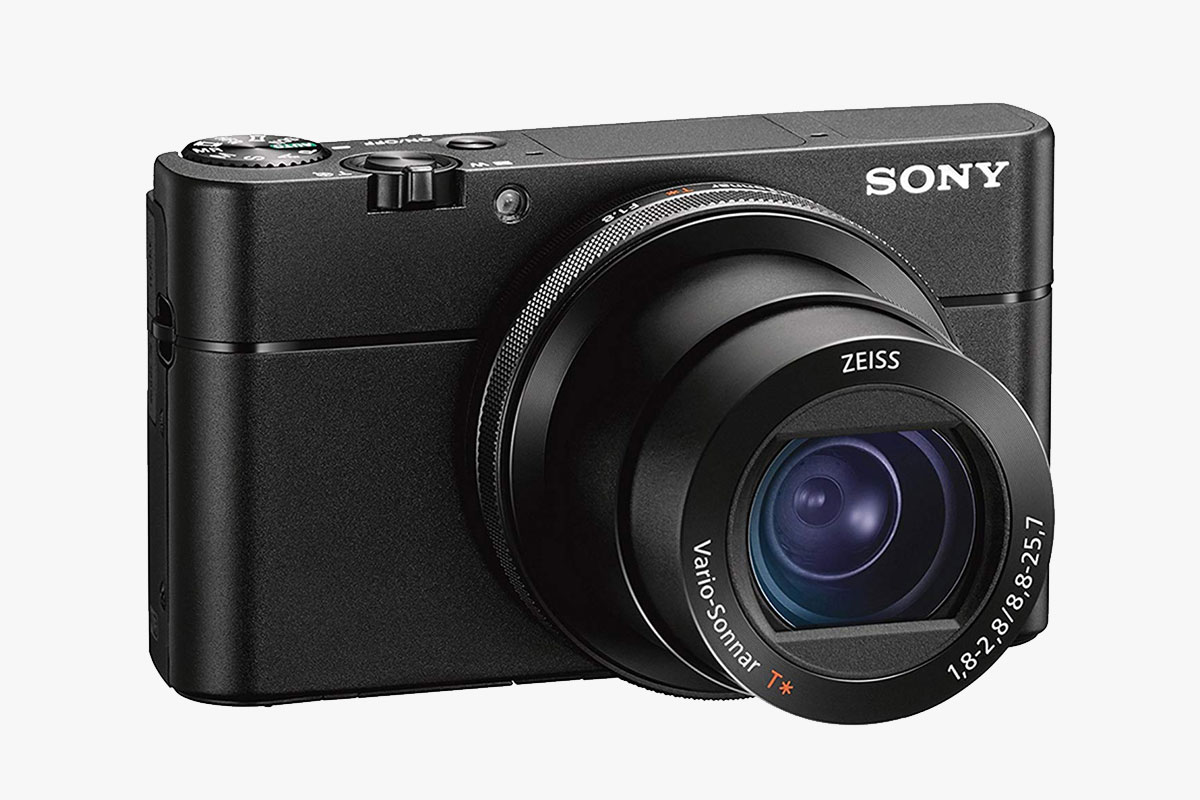 Sony Cyber-Shot DSC-RX100 V Vlogging Camera
Sony Cyber-Shot DSC-RX100 V Vlogging Camera
Digging deeper into the more expensive vlogging cameras territory, we found the Sony DSC-RX100 V and decided it deserves a spot on our list. Extremely compact, this camera can be taken with you literally anywhere you go; you’ll hardly feel its weight in your backpack or bag. This makes it the ultimate choice for vloggers who are constantly on the move. If the ability to shoot amazing quality 4K videos on a device that fits right into your pocket doesn’t amaze you, we honestly don’t know what will.
If 4K is not your thing, you can shoot videos in 120FPS Full HD, and believe us when we say they look super crisp and vivid. The camera can also shoot videos in slow motion, a feature that may not necessarily be crucial for vlogging, but it is bound to come in handy from time to time. The retractable electronic viewfinder can be extended when you need it or neatly fit into the camera body otherwise. You can also capture photos from your videos straight on the camera itself, a feature that is very appreciated by vloggers who need high-quality images for thumbnails, social media, or blog posts.
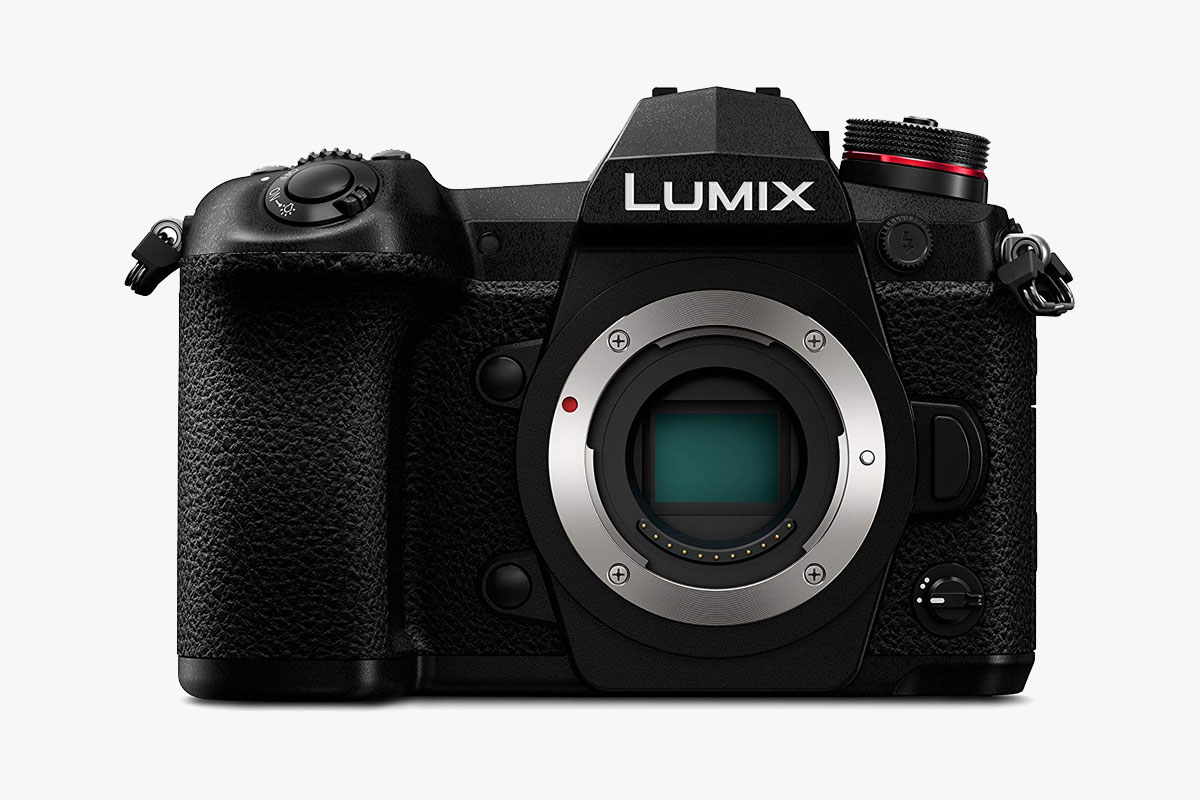 Panasonic LUMIX G9 Vlogging Camera
Panasonic LUMIX G9 Vlogging Camera
If you’re all about performance and don’t mind sacrificing portability, take a closer look at the LUMIX G9 camera from Panasonic. Many people tend to disregard Panasonic somehow when looking for a good camera, but the LUMIX line actually has some great models that match the quality of their Canon, Nikon, and Sony competitors. The G9 model is a mirrorless camera that can shoot videos in up to 4K 60P quality, providing a solid guarantee that your vlogs are going to look great on small smartphone screens and huge 4K TVs alike.
The camera body itself already is quite pricey, and throwing a high-quality lens into the equation could almost double the final price, but you’ll find it was all worth it once you start making videos with your new setup. The interface and physical controls of the camera are very intuitive and well-designed, so you’ll need minimal time and effort to get from setting A to B even if you’re not very good with tech. And, of course, shooting photos and videos with this camera is a pleasure, as you can instantly see the amazing results on the high-quality flip screen of the device.
 Nikon D5600 Vlogging Camera
Nikon D5600 Vlogging Camera
You don’t have to be very tech-savvy to start a vlog, and this camera is the best option if you just can’t seem to find your way around all the devices, programs, and buttons. The Nikon D5600 is a very popular camera among photography amateurs because of its simplistic settings that are kept down to a minimum that’s understandable even for a complete beginner. However, the video shooting functionality of this camera is not to be disregarded either.
We know, the D5600 does not shoot 4K, but you can still create Full HD videos of amazing quality. The built-in Wi-Fi allows you to control the camera from a smartphone and transfer your photos and videos to other devices wirelessly. These bits of functionality are something you’ll have to set up, but you’ll only have to do this once, and you can still get great results with the Nikon D5600 even without all the wireless tricks.
The camera body is not the most lightweight out there, but Nikon has years of experience building high-quality cameras, so they know a thing or two about ergonomics. As a result, holding the D5600 as you shoot is not at all inconvenient, and you’ll barely even notice that it’s bulkier than most competitors. The controls and menus are all very straightforward and easy to use, which makes this camera perfect for beginners who just want to press a button and start vlogging rather than spend hours in search of the best settings.
 Sony Alpha a6300 Vlogging Camera
Sony Alpha a6300 Vlogging Camera
If you feel powerless and somehow limited in what you can do without lots of settings to tweak, here’s the Sony a6300 camera. Despite being a great device for a vlogging beginner, it is actually used by many popular vloggers and YouTube personalities, which effectively demonstrates the huge potential of this camera.
Sony developed a special matrix for the a6300 to improve the autofocus feature. As a result, the camera is now capable of tracking up to 425 objects simultaneously! This means that shooting your vlog in front of moving objects will not be a source of worries and concerns about proper focus. Just do your thing, and the Sony a6300 will shoot a fantastic quality video of it. The camera shoots 6K video, which is compressed down to 4K during runtime, so you can be sure that all the smallest details and nuances are going to be captured and presented in the output file.
What makes this camera particularly great for vlogging is the combination of great video quality and extreme portability. For a device that can shoot high-quality 4K video, this is a lightweight and compact camera, so you can always make your vlogs on the go. What’s more, it can be charged via USB, meaning that a spare battery and a power bank will allow you to create hours of video content without having to rush to a power outlet after a while.
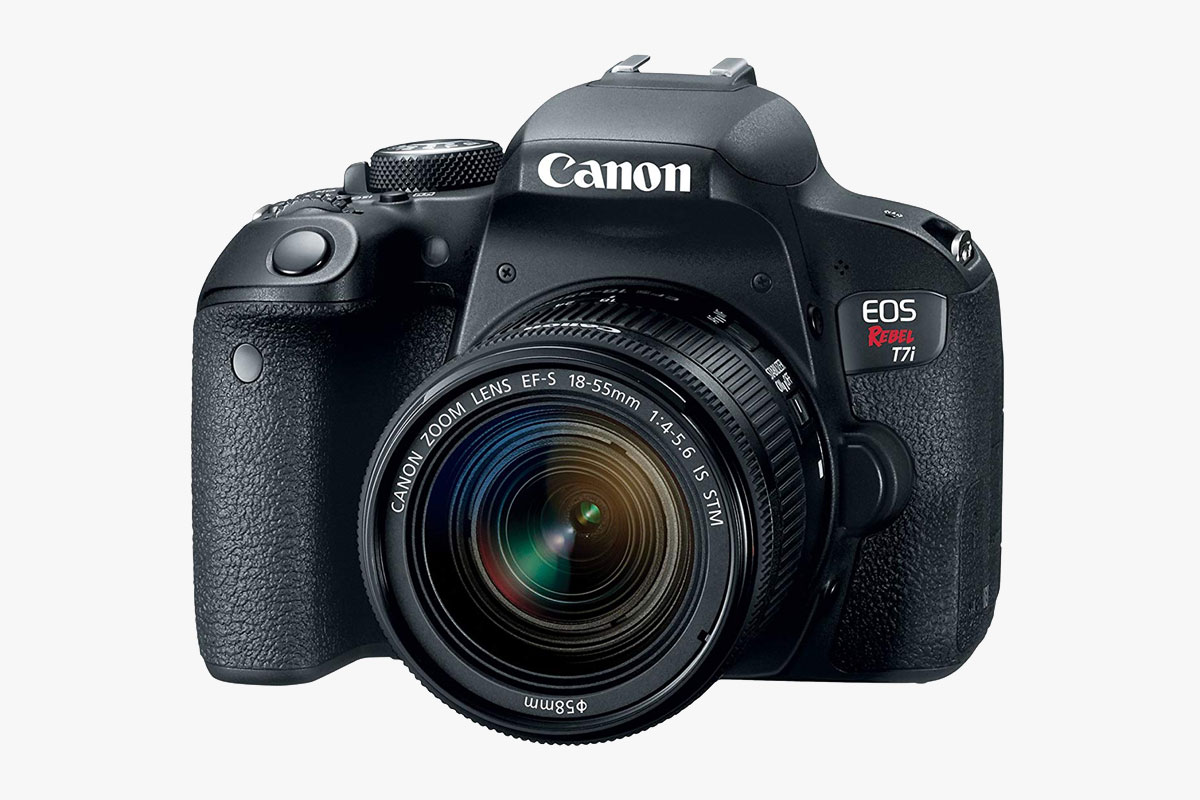 Canon EOS Rebel T7i Vlogging Camera
Canon EOS Rebel T7i Vlogging Camera
Canon cameras are very popular among professionals and amateurs alike, so it should come as no surprise that we’ve included multiple models from Canon in our list. The Rebel T7i aims to bridge the gap between cameras for beginners and experienced users, and we think it does that very well.
You can only shoot Full HD videos with this camera, so there’s the dealbreaker for fans of 4K. However, videos shot with the T7i still look great regardless of the environment, and Full HD footage is easier to edit if you’re only starting out or your computer is not powerful enough to handle 4K video files efficiently.
The quality of the software, controls, and the body itself is very good, which is exactly what you would expect from Canon. The advanced auto mode allows you to shoot photos and videos without giving much thought to complicated settings, but, at the same time, a lot of settings are configurable if you wish to tweak them. This makes the T7i model perfect for vlogging beginners and offers plenty of room to grow as you become more experienced. The camera is reasonably compact and lightweight, so you should be able to take it with almost anywhere you go.
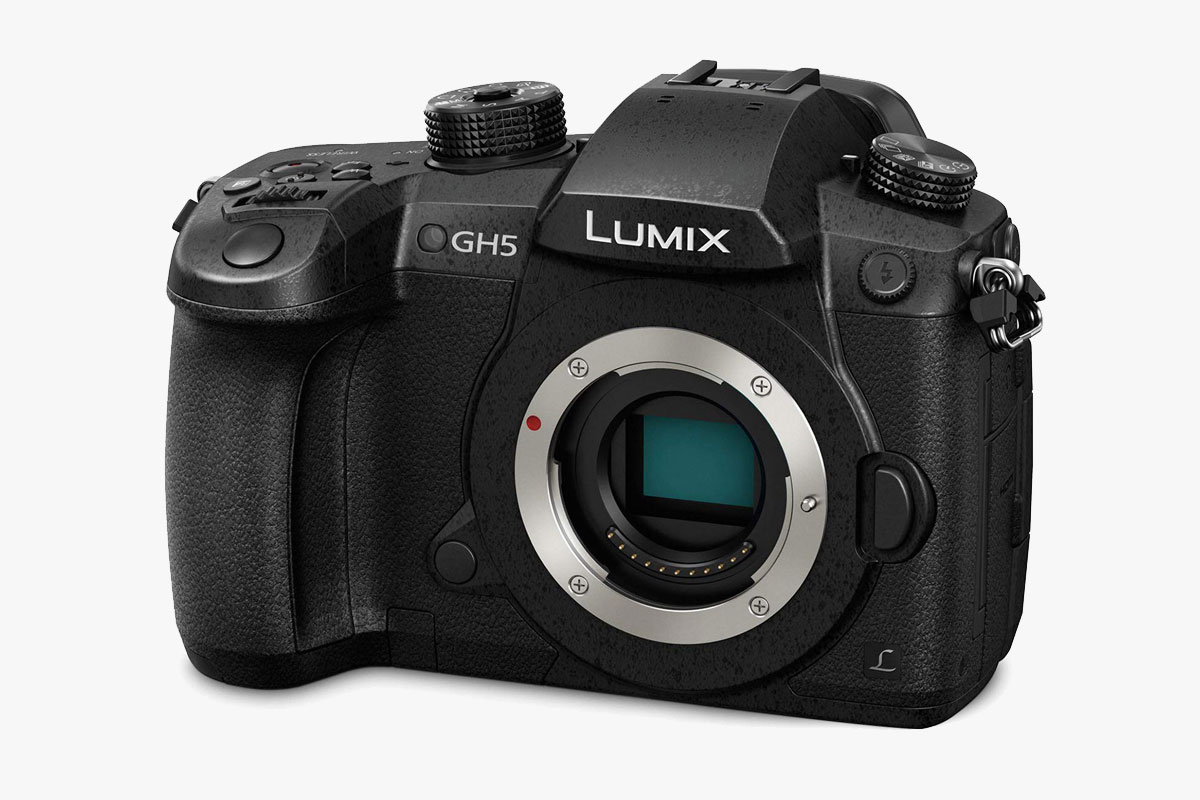 Panasonic LUMIX GH5 Vlogging Camera
Panasonic LUMIX GH5 Vlogging Camera
The product developers and engineers over at Panasonic must have tried very hard to cram as much value as possible into this mirrorless camera. Of course, it will cost you more than most other cameras on this list, but you’d be creating your vlogs on a piece of equipment that’s used by professional filmmakers. That alone should make you excited and motivated to shoot as many videos as you can, but there’s more to this camera than just words and reputations.
Panasonic has to compete with industry giants such as Canon and Sony, so their products are often packed with useful features that their competitors in the same price segment lack. The GH5 camera is no exception to this rule. Would you like to shoot your videos at 180 FPS Full HD, 4K, or maybe even 6K? Few other devices we’ve reviewed offer this many possibilities, and all of them surely cost more than this camera.
The 225 point autofocus system may not be as remarkable as the one used in the Sony a6300, but it is still very good and more than enough for most vlogging purposes. In addition, the camera offers all the modern connectivity options you can think of (including USB-C!), has excellent image stabilization, and comes with a flip display. Isn’t that every vlogger’s dream?
Filming Outside vs. Inside
If you’re completely new to vlogging, you may feel overwhelmed by the sheer number of different cameras available for purchase. Zooming in on the ones suitable for you requires some very specific knowledge. One of the most important factors here is whether you choose to vlog from home or go outside, which makes a considerable difference in how you’re going to use your camera. Depending on your personality and lifestyle, you may also choose to mix the two, in which case it is undeniably a better idea to go for a camera that can handle the great outdoors. But what’s the difference between the two use scenarios?
When filming at home, portability and long battery life are advantages, but you can probably do just as well with a larger camera that doesn’t shine on the battery life front. On the other hand, filming outside means that your camera needs to be compact and lightweight so that you can toss it into your bag or backpack and not feel like you’re carrying a ton of bricks there all day. A lightweight camera is also easier to hold in front of you while you’re filming yourself or something exciting happening around you. And, of course, good battery life (and maybe a spare battery) is a must because you never know what you may need to film outside, and it’d be pretty frustrating to witness something cool and not be able to make a video of it.
Why Do I Need a Flip Screen in My Vlogging Camera?
Whether or not you can compromise on portability and battery life, you need to get a vlogging camera that is capable of producing high-quality video. You may still be able to get away with mediocre video quality if you have a very charismatic personality or lead an unusual lifestyle, but why jeopardize your vlog’s chances of getting popular by not getting a proper camera? While it is clear that good video quality is essential, you may not realize that you need another feature in your vlogging camera: a flip screen.
Why would you even need a flip screen? Well, if you’re new to vlogging, you’ll probably make a lot of mistakes while you’re learning. Poor lighting, wrong positioning within the frame, not-so-good background, and the camera going out of focus for some reason are all examples of things that could make you reshoot your vlog entry or significantly worsen the quality of your video if you decide to leave it at that. Fortunately, there’s a way to notice such things very early into shooting your video and make the necessary improvements in time.
With a flip screen camera, you can always see what is going on in your video. You can instantly see what you’re doing wrong, notice any background changes, and generally have a lot more control over your video while you’re shooting it. You could use a smartphone as an external display for your camera, but the cameras that offer this feature are quite expensive, and you’d need to stay within the range of a Wi-Fi network while you’re filming, which is not always convenient or even possible.
